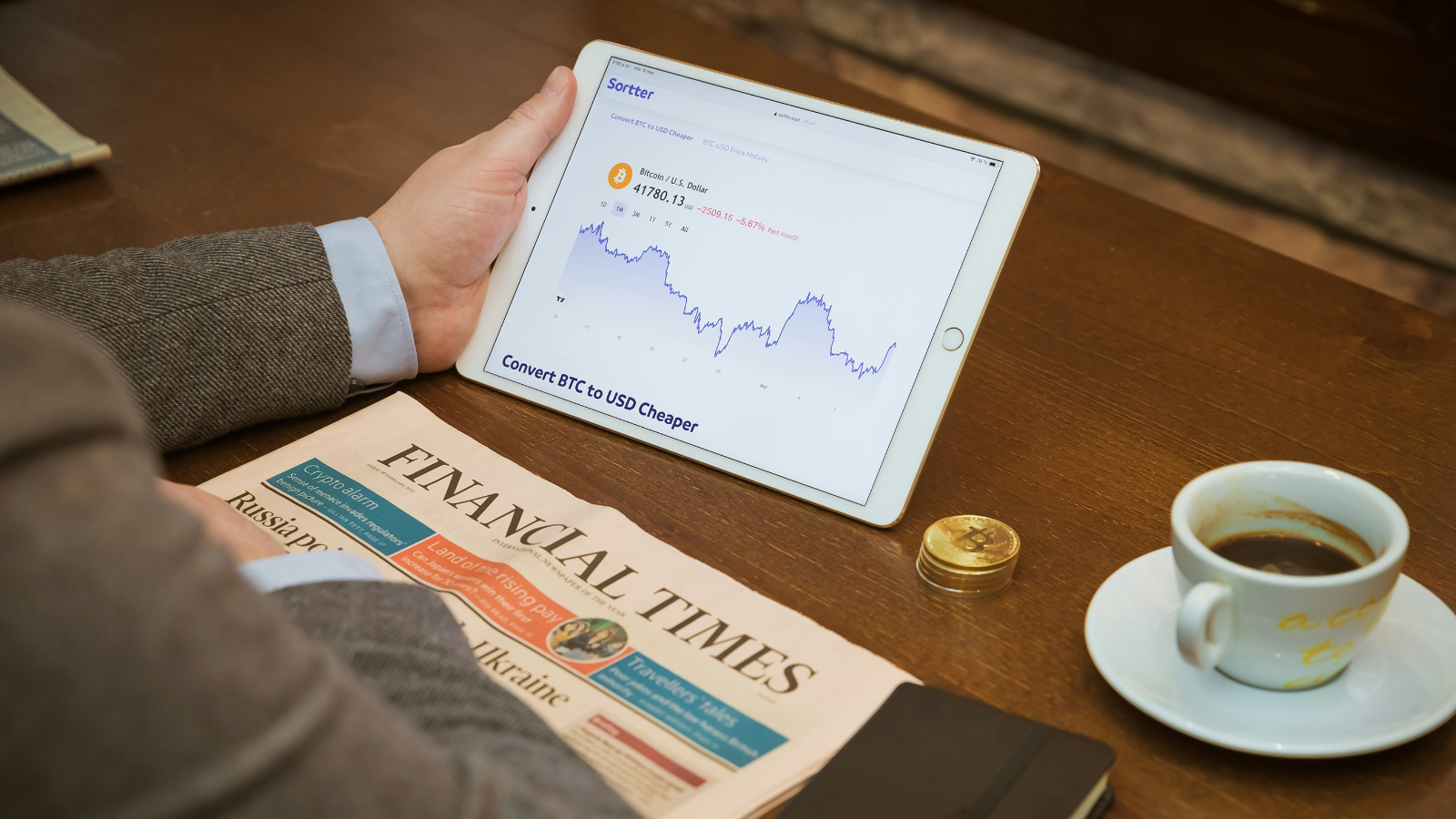Enhancing Business Performance Through Widget-Based Financial Modelling
Precise, actionable, and adaptable financial modelling is critical for any organization. A...
By: Dale Meador October 16, 2024

In today’s business environment, financial forecasting is more than just a numbers game. It’s about leveraging the right tools and insights to build a comprehensive view of the future. A powerful approach to forecasting is the widget-based financial model, which allows businesses to break down complex operations into simplified units (or “widgets”), such as products, services, or revenue streams. This model lays a strong foundation for short-term, weekly financial forecasts, giving companies the agility to respond to day-to-day market changes.
However, while useful for managing operational decisions, weekly forecasts don’t provide a long enough runway for strategic decision-making. To truly connect financials to the organization's long-term goals, businesses need a broader, forward-looking perspective. This is where the 36-month rolling forecast comes into play, enhanced by tools of financial literacy and business intelligence.
The widget-based model is effective because it provides a clear, granular breakdown of financial data. Each widget can represent anything from a single product to a client subscription, allowing companies to track performance metrics tied directly to their operations. By integrating financial literacy—the ability to understand and apply financial data—companies can translate these granular metrics into insights that fuel strategic planning.
For example, with a widget-based model, a company can track which product lines or services are driving the most revenue, assess variable costs, and identify trends. This understanding, when paired with the right business intelligence (BI) tools, provides decision-makers with accurate and actionable data.
BI tools enable businesses to analyze historical data, identify patterns, and make predictive analyses. These insights, coupled with financial literacy, ensure that short-term forecasts are not only reactive but also predictive. This lays the groundwork for the 36-month rolling forecast.
While the widget-based model provides clarity for weekly or monthly forecasting, a 36-month rolling forecast extends this clarity to the long term. Instead of a one-time, static projection like a traditional annual budget, the rolling forecast is updated continuously, always extending three years into the future. This ensures that organizations stay aligned with their long-term strategy while remaining flexible enough to adapt to real-time changes.
How do financial literacy and business intelligence add value to the 36-month rolling forecast?
Strategic Clarity: With a 36-month rolling forecast, businesses can consistently align financial planning with long-term goals. Financial literacy enables teams to understand how financial performance today impacts strategic initiatives tomorrow. For example, if a company plans to expand into a new market in two years, the financial projections tied to that expansion—investment costs, projected revenues, risks—are integrated directly into the rolling forecast.
Data-Driven Insights: Leveraging business intelligence tools allows companies to enhance their forecast accuracy. BI tools can identify trends from historical data, provide real-time analytics, and predict future performance with more confidence. This data-driven approach supports continuous adjustments to the rolling forecast as new information becomes available, ensuring that the forecast remains relevant and useful for decision-makers.
Risk Management: A 36-month horizon gives businesses time to anticipate risks such as market demand shifts or regulatory environment changes. Financial literacy ensures that teams understand how to quantify and mitigate these risks, while BI tools provide the analytics needed to forecast potential disruptions. Companies can adapt their strategy and resources by regularly revising the forecast, reducing the impact of unforeseen challenges.
Confident Decision-Making: A three-year forecast gives leadership the confidence to make informed decisions about future investments, staffing, and product development. A clear, data-backed view of the future improves decision-making across departments, ensuring alignment and strategic focus.
Investor Assurance: A well-constructed 36-month rolling forecast signals strong financial discipline and transparency for organizations with external investors or stakeholders. By demonstrating how short-term performance is connected to long-term financial goals, businesses can inspire greater confidence among investors.
Integrating financial literacy and business intelligence tools is key to maximizing the value of the 36-month rolling forecast. Financial literacy empowers teams to interpret and apply the insights generated by BI tools. Business intelligence platforms—such as data analytics software—enable teams to aggregate, analyze, and visualize data from multiple sources, ensuring that the latest financial and operational metrics inform every decision.
By combining these tools with a rolling forecast, businesses can:
Incorporating financial literacy and business intelligence into your forecasting process elevates your organization’s ability to connect financials to strategy. The 36-month rolling forecast, built on the foundation of a widget-based model, provides a dynamic, forward-looking view that continuously adapts to new data, allowing your organization to maintain strategic clarity and financial confidence.
By adopting these practices, your business will achieve better short-term financial management and ensure that long-term goals are consistently within reach. In a world of rapid change, a well-informed, agile approach to forecasting is essential for success.
Precise, actionable, and adaptable financial modelling is critical for any organization. A...
One element of strategic planning stands paramount: identifying and understanding your core...
Organizations face constant pressure to maintain operational efficiency while ensuring that their...